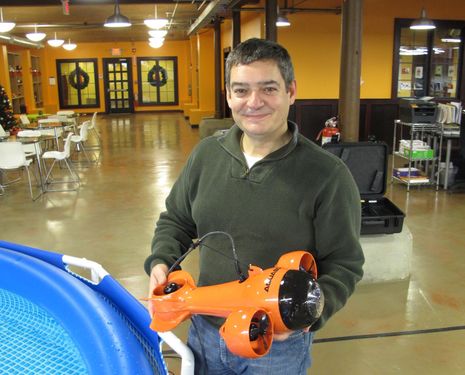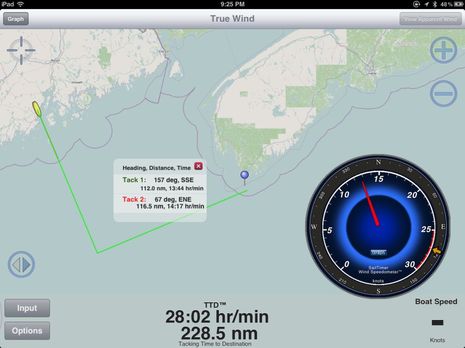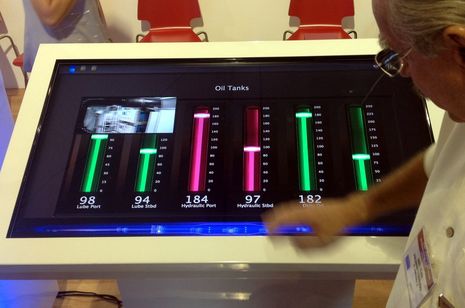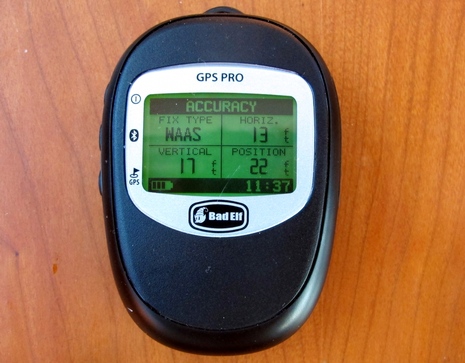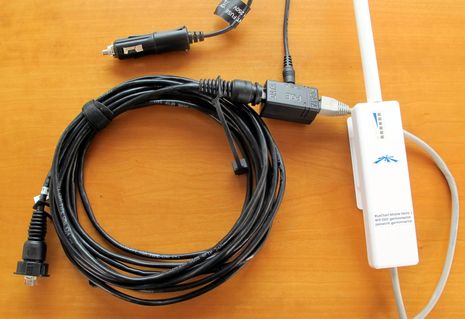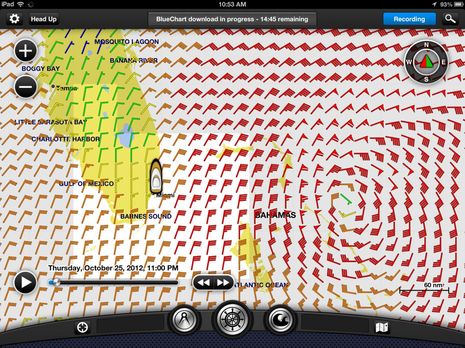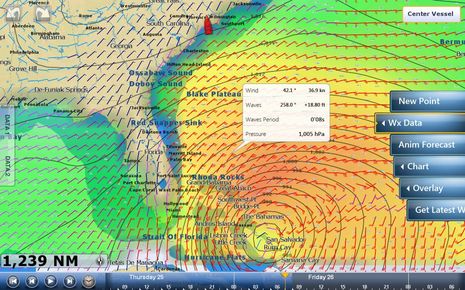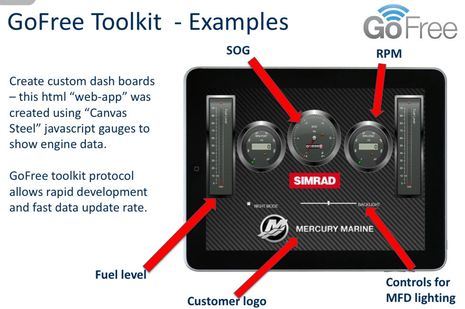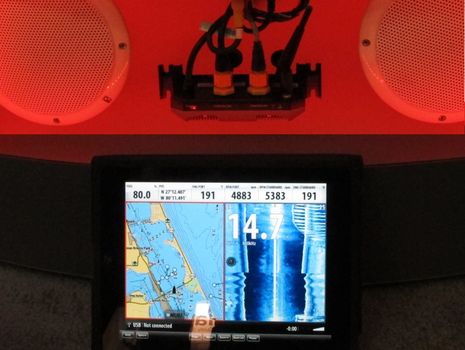Aquabotix factory visit, and hand’s on the HydroView
I believe that this gentleman — Durval Tavares, the founder and president of Aquabotix — earned that grin the hard way. It’s no surprise that getting something as complex as a “remote controlled underwater camera vehicle” with an iPad interface to market would be a challenge, but when I visited the company HQ yesterday I was impressed with just how many details and disciplines are in play behind the scenes. I was also impressed with the cheerful, collaborative work environment Tavares and his team have created and I quite enjoyed taking my first HydroView driving lesson in the factory test pool (video example here)…



